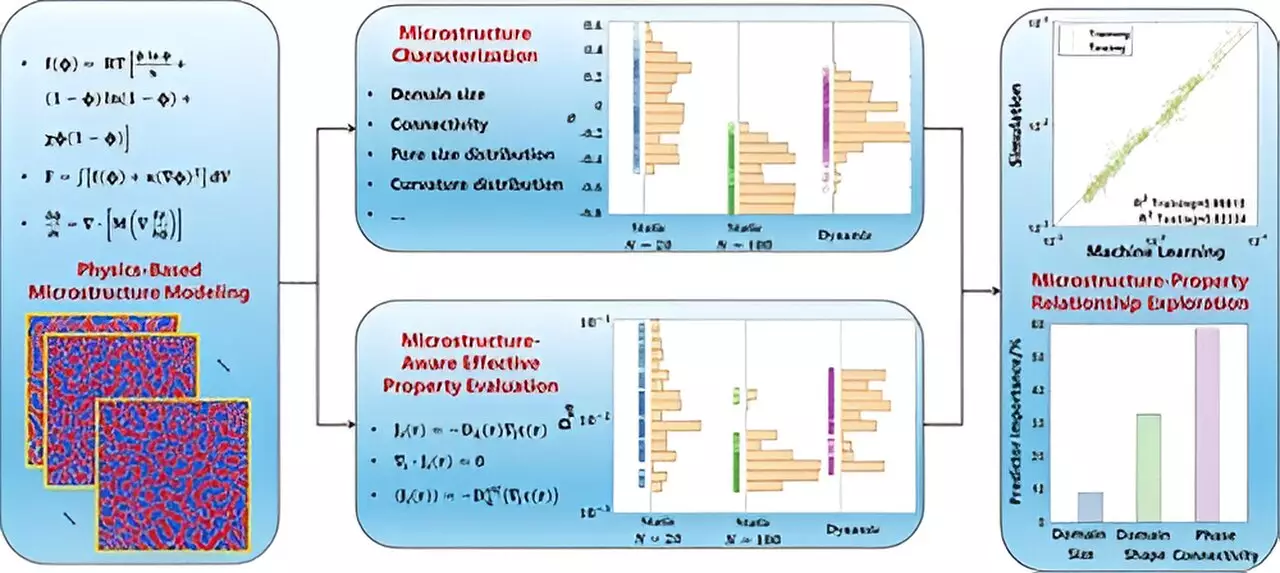In the realm of materials science, the connection between microstructural features and material properties is paramount. Recognizing and mastering this relationship not only helps enhance existing materials but also propels the innovation of next-generation structural and functional materials. However, delving into these complexities presents formidable challenges. Researchers grapple with the intricate nature of microstructures, which can vary significantly in their formation and characteristics, necessitating advanced methods to analyze their implications.
To overcome these challenges, scientists at Lawrence Livermore National Laboratory (LLNL) have forged a sophisticated and holistic computational framework aimed at decoding the relationship between porous microstructures and their properties. This newly developed framework is highlighted in the journal *ACS Applied Materials & Interfaces* and includes a convergence of several critical components. Longsheng Feng, the lead author on the project, describes the framework as encompassing physics-based microstructure modeling, feature extraction, and effective property evaluations, all bolstered by machine learning analysis tools.
The versatility of this framework was tested on polymer-based porous materials, serving as an illustrative model system. Researchers meticulously explored the effects of polymerization dynamics on various microstructural characteristics, such as pore size distribution and domain sizes, assessing their subsequent influence on transport properties.
The main goal of this research endeavor is to construct a robust framework that not only facilitates comprehension of microstructure formation using physics-based models but also evaluates essential properties driven by these features. Co-author Tae Wook Heo emphasizes the importance of distinguishing which specific microstructure traits influence different material properties, and elucidating the mechanisms behind these interactions.
This integrated approach opens new avenues for analyzing the relationships between microstructure and properties in polymer-based porous materials, ultimately laying the groundwork for developing advanced materials tailored to specific applications.
Understanding microstructure-property relationships serves real-world applications, providing critical insights for tailoring processing methods to achieve desired microstructural features. Such advancements could significantly benefit the design of tailored polymeric materials, including high-performance membranes and other functional components. Co-author Juergen Biener notes that this knowledge is instrumental in guiding the fabrication techniques necessary to optimize the performance of polymer-based porous materials across various applications.
Ultimately, the ongoing research at LLNL is paving the way for smarter design practices in materials science, ensuring that future innovations stem from a thorough understanding of the fundamental relationships governing material properties and performance. By leveraging state-of-the-art computational tools, the scientific community can continue to unravel the complexities of microstructure, thus driving progress in material engineering and design.


Leave a Reply